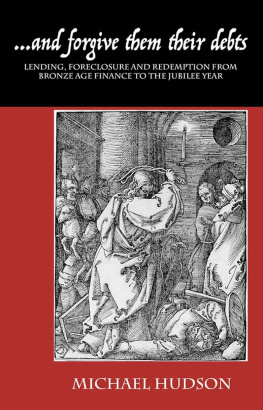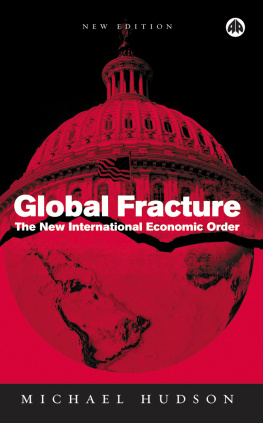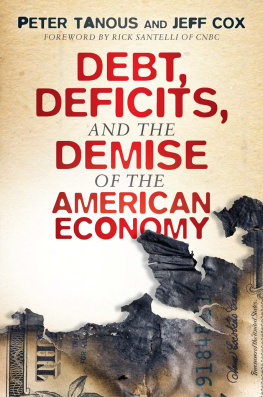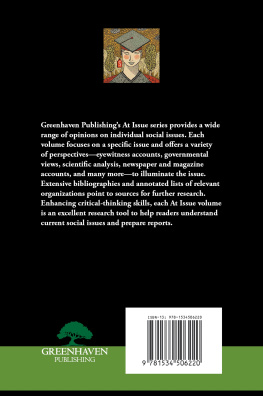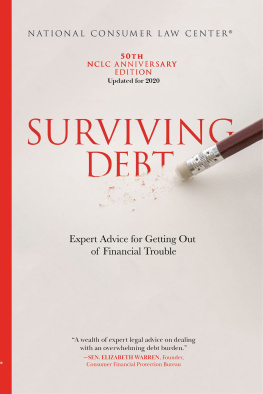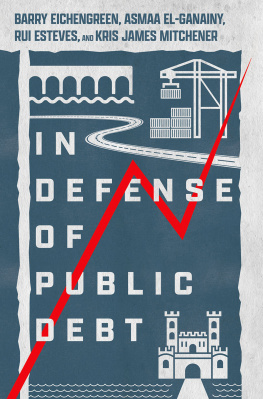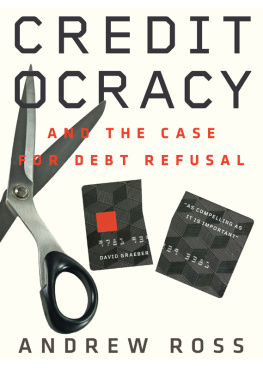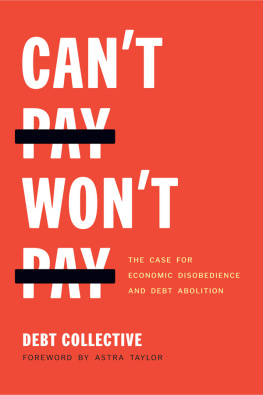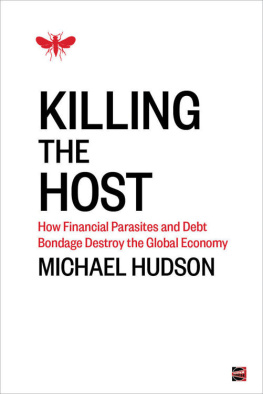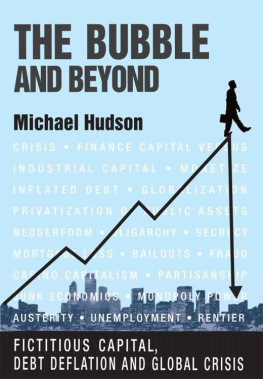Michael Hudson
and forgive them their debts: Lending, Foreclosure and Redemption from Bronze Age Finance to the Jubilee Year
2018
Michael Hudson
ISLET-Verlag Dresden
All rights reserved. No part of this publication may be reproduced or transmitted in any form by any means without written permission of the publisher, except for brief quotations in critical reviews or noncommercial uses as permitted by copyright law when credit is given.
eBook set in Palatino Linotype that includes foreign and ancient language diacritics.
Schriftsatz: Cornelia Wunsch
Cover design: Miguel Guerra, 7robots.com
eBook: Lynn Yost (V270319)
ISBN
To Carl Lamberg-Karlovsky
my mentor at Harvards
Peabody Museum
since 1984
Table of Contents
A legacy of financial instability
Anachronistic views of the Mesopotamian takeoff and its enterprise
The polarizing dynamics of agrarian usury, contrasted with productive credit
Temples of enterprise
Tensions between local headmen and the palace
Laws saving citizens from debt bondage
Military conflict and land pressure make marum proclamations more frequent
The Priestly Code of Deuteronomy
How creditor appropriation turned land into private property
Bronze Age money as a means of palatial production and trade accounting
Acknowledgements
For over thirty years I have discussed the ideas in this book with Carl Lamberg-Karlovsky at Harvards Peabody Museum. Together, we organized the series of five ISLET-ISCANEE colloquia that form the basis for the economic history of the Bronze Age Near East that forms the core of this book. Cornelia Wunsch has constantly drawn my attention to the relevant literature and helped me avoid anachronistic interpretations. She has played the major editorial role as publisher of this book and the ISLET colloquia.
Steven Garfinkle has focused my attention on the role of entrepreneurial trade and credit in its symbiosis with the palatial economy. Marc Van De Mieroop has given steady advice and perspective over the decades, and Baruch Levine was an early guide and co-editor regarding Judaic economic history. All these readers have been helpful in alerting me to the relevant bibliography.
David Graeber has been helpful in emphasizing the anthropological setting for how debt has evolved and the diverse ways of treating debtors who are unable to pay. Charles Goodhart has helped emphasize the relevance of the history of debt jubilees to todays financial crisis. Dirk Bezemer also has co-written articles with me drawing this linkage and applying it to modern economic theory and statistics.
Lynn Yost has provided editorial help with early drafts of this book, and Ashley Dayman has proofread the manuscript and found many improvements.
My web manager, Karl Fitzgerald, has hosted ongoing radio discussions on my interpretation of ancient Near Eastern history. Early versions of some of this work also have appeared on Naked Capitalism and Counterpunch.
Throughout the decades it has taken me to complete this book, my wife Grace has been a constant supporter and provided many types of help. I could not have completed it without her love and encouragement.
The Rise and Fall of Jubilee Debt Cancellations and Clean Slates
T he idea of annulling debts nowadays seems so unthinkable that most economists and many theologians doubt whether the Jubilee Year could have been applied in practice, and indeed on a regular basis. A widespread impression is that the Mosaic debt jubilee was a utopian ideal. However, Assyriologists have traced it to a long tradition of Near Eastern proclamations. That tradition is documented as soon as written inscriptions have been found in Sumer, starting in the mid-third millennium BC.
Instead of causing economic crises, these debt jubilees preserved stability in nearly all Near Eastern societies. Economic polarization, bondage and collapse occurred when such clean slates stopped being proclaimed.
What were Debt Jubilees?
Debt jubilees occurred on a regular basis in the ancient Near East from 2500 BC in Sumer to 1600 BC in Babylonia and its neighbors, and then in Assyria in the first millennium BC. It was normal for new rulers to proclaim these edicts upon taking the throne, in the aftermath of war, or upon the building or renovating a temple. Judaism took the practice out of the hands of kings and placed it at the center of Mosaic Law.
By Babylonian times these debt amnesties contained the three elements that Judaism later adopted in its Jubilee Year of Leviticus 25. The first element was to cancel agrarian debts owed by the citizenry at large. Mercantile debts among businessmen were left in place.
A second element of these debt amnesties was to liberate bondservants the debtors wife, daughters or sons who had been pledged to creditors. They were allowed to return freely to the debtors home. Slave girls that had been pledged for debt also were returned to the debtors households. Royal debt jubilees thus freed society from debt bondage, but did not liberate chattel slaves.
A third element of these debt jubilees (subsequently adopted into Mosaic law) was to return the land or crop rights that debtors had pledged to creditors. This enabled families to resume their self-support on the land and pay taxes, serve in the military, and provide corve labor on public works.
Commercial silver debts among traders and other entrepreneurs were not subject to these debt jubilees. Rulers recognized that productive business loans provide resources for the borrower to pay back with interest, in contrast to consumer debt. This was the contrast that medieval Schoolmen later would draw between interest and usury.
Most non-business debts were owed to the palace or its temples for taxes, rents and fees, along with beer to the public ale houses. Rulers initially were cancelling debts owed mainly to themselves and their officials. This was not a utopian act, but was quite practical from the vantage point of restoring economic and military stability. Recognizing that a backlog of debts had accrued that could not be paid out of current production, rulers gave priority to preserving an economy in which citizens could provide for their basic needs on their own land while paying taxes, performing their corve labor duties and serving in the army.
Most personal debts were not the result of actual loans, but were accruals of unpaid agrarian fees, taxes and kindred obligations to royal collectors or temple officials. Rulers were aware that these debts tended to build up beyond the systems ability to pay. That is why they cancelled barley debts in times of crop failure, and typically in the aftermath of war. Even in the normal course of economic life, social balance required writing off debt arrears to the palace, temples or other creditors so as to maintain a free population of families able to provide for their own basic needs.
As interest-bearing credit became privatized throughout the Near Eastern economies, personal debts owed to local headmen, merchants and creditors also were cancelled. Failure to write down agrarian debts would have enabled officials and, in due course, private creditors, merchants or local headmen to keep debtors in bondage and their lands crop surplus for themselves. Crops paid to creditors were not available to be paid to the palace or other civic authorities as taxes, while labor obliged to work off debts to creditors was not available to provide corve service or serve in the army. Creditor claims thus set the wealthiest and most ambitious families on a collision course with the palace, along the lines that later occurred in classical Greece and Rome. In addition to preserving economic solvency for the population, rulers thus found debt cancellation to be a way to prevent a financial oligarchy from emerging to rival the policy aims of kings.

